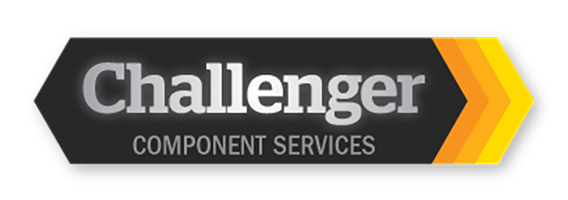At Challenger, we work together with customers to identify critical metrics, provide recommendations for improvement, help implement the change, and then we meet with them on a regular basis to review the results.
When customers see the metrics routinely met or exceeded, our customers are satisfied. Yet besides helping our customers save money and increase efficiency, we also recognize when customers are happy, in two specific and identifiable ways:
The customer asks us to get involved in other areas of their business, or
The customer recommends us to other companies in their sphere of influence.
Customer Story
Problem
This manufacturer of automotive and truck suspension products had a supply base of more than 75 individual suppliers and purchased more than 700 individual component parts from those suppliers. The customer sourced, purchased, and managed all these parts and then shipped approximately 75% of the parts to an outside contractor who performed kitting services for the customer. The finished kits were then shipped back to the customers’ warehouse where they were stocked until required for production. This approach lead to multiple purchasing personnel being dedicated to these components. It also resulted in component inventory being held at multiple locations and the dollar value of inventory was in excess of $1.3 million on average.
Solution
Collaborating with this customer, Challenger created a solution that accomplished several things. 1) Challenger took over the sourcing, purchasing, quality and warehousing functions for all class C components; 2) We worked with the customer’s engineering department to reduce the total number of components through part consolidation and communization of certain components; 3) Challenger set up five in house kitting lines to perform the kitting functions. This eliminated inventory being held at multiple locations and reduced the safety stock typically held by the customer; 4) The customer was able to then buy finished kits for most of its requirements, reducing the number of component parts which had to be maintained in its systems; 5) Challenger developed with the customer a Kan-Ban for finished kits and these kits now replenish the production cells as needed, thus further reducing the customers inventory and associated carrying cost.
Results
- Customers class C component inventory reduced from $1.3 million to less than $900,000 on average.
- Customers no longer managed relationships with 75 suppliers.
- Kitting functions consolidated in house, thus eliminating duplicate inventory.
- The customer was able to reduce total component part numbers they managed from 700 to approximately 550.
